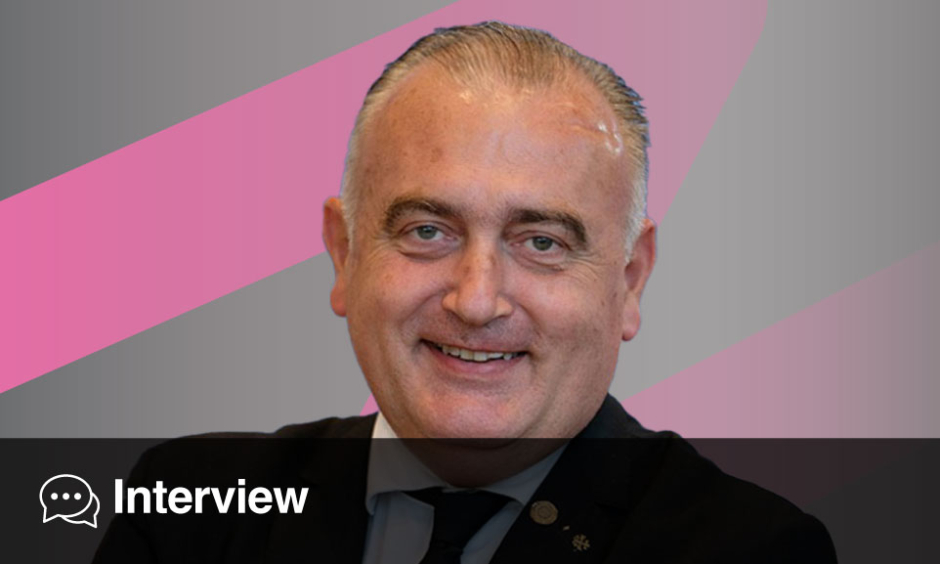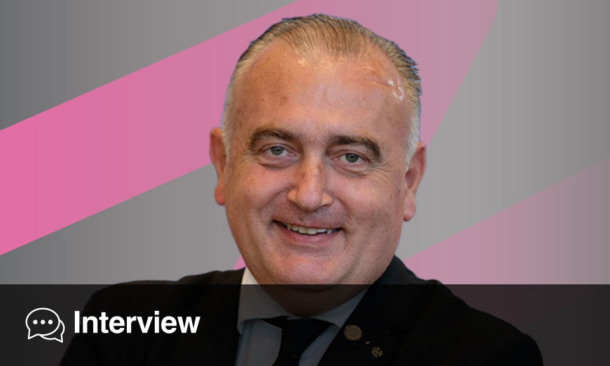SLEEP TALKING, also known as somniloquy, is a common parasomnia, with >66% of people having spoken during sleep at some point in their lifetimes and 5% of adults commonly affected. Despite this, sleep talking is poorly studied and has received little clinical attention. Recently, researchers at the Sleep Disorders Unit, l’Assistance Publique-Hôpitaux de Paris (AP-HP), Pitié-Salpêtrière Hospital, Paris, France, conducted a new study to analyse and gain greater insights into sleep-associated speech.
Dr Isabelle Arnulf, Sleep Disorders Unit at AP-HP, Pitié-Salpêtrière Hospital, led the research team who studied 232 adults, 129 of whom had rapid eye movement (REM) sleep behavioural disorder, 87 experienced sleepwalking, sleep terrors, or both, 1 had sleep apnoea, and 15 had no parasomnia. The researchers used video polysomnography over the course of 2 nights and recorded 883 speech episodes, resulting in 3,349 decipherable words and 59% nonverbal utterances.
Of these words, the most frequently spoken was ‘no’, with negations representing >21% of clauses. In addition, profanities were contained in >9% of clauses, with the researchers suggesting that sleep talking translates the concomitant dreaming activity, which may be tense or stressful. The results also showed that men sleep-talked more than women and used a higher proportion of profanities, and when sleepers appeared to aim words at others, they left an appropriate silence as if listening to a response from their fictive talk. The researchers concluded that intelligible speech during sleep is predominantly negative, vulgar, and reflective of the mental content we dream, suggesting that our brains can transiently work at high-level, as they do during wakefulness.
Interestingly, when sentences were spoken, they were grammatically correct and displayed no sign of age-regression, contradicting a long-standing belief that people regress to a younger-self during sleep. The team therefore noted that sleep talking is very similar to having a conversation when awake with regard to grammar and pausing for others to answer. Next, the researchers plan to investigate gestures associated with speech. Dr Arnulf explained: “The persistence of co-speech gestures would suggest that the connection between frontal and temporal area is maintained during sleep.”








